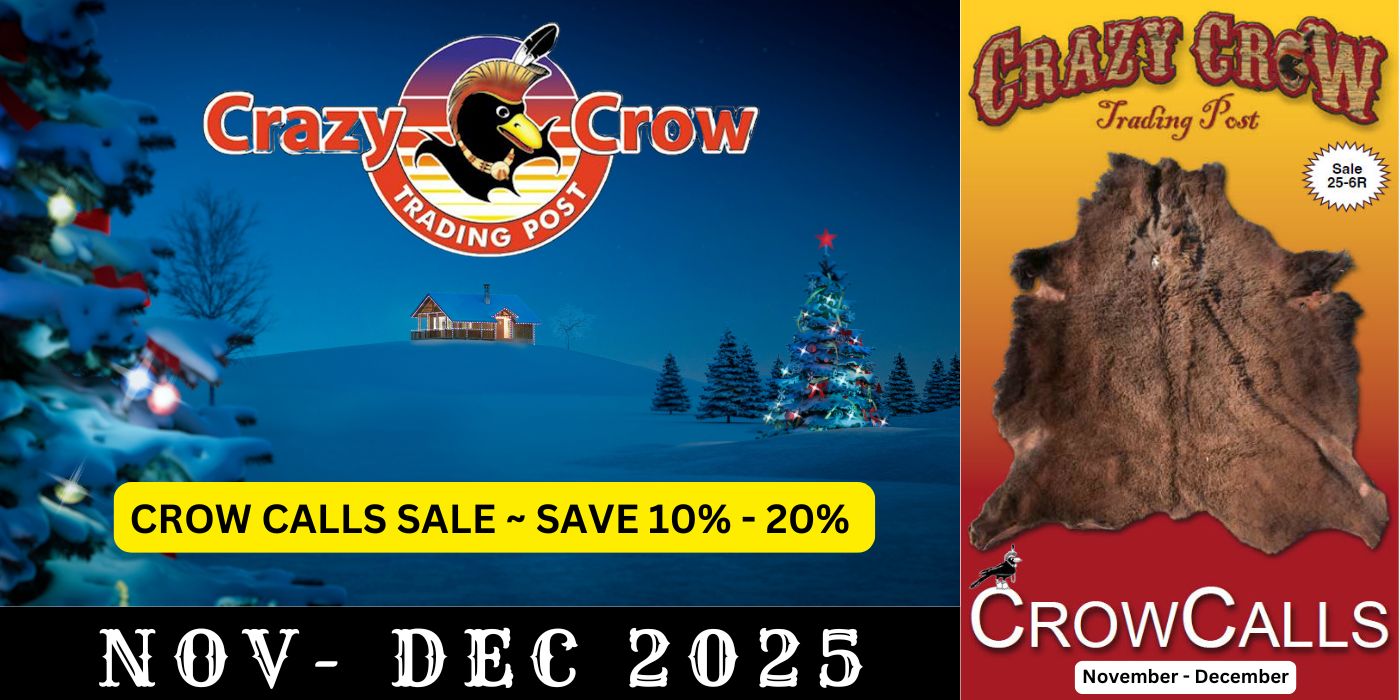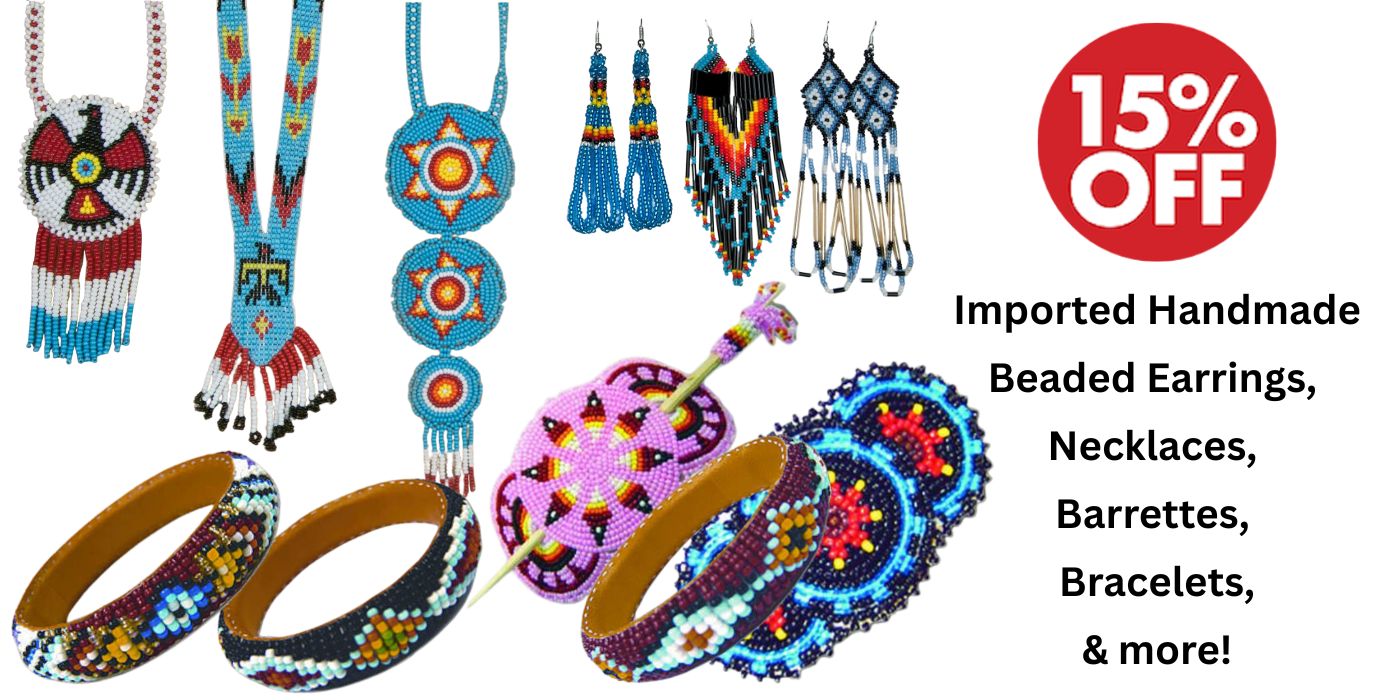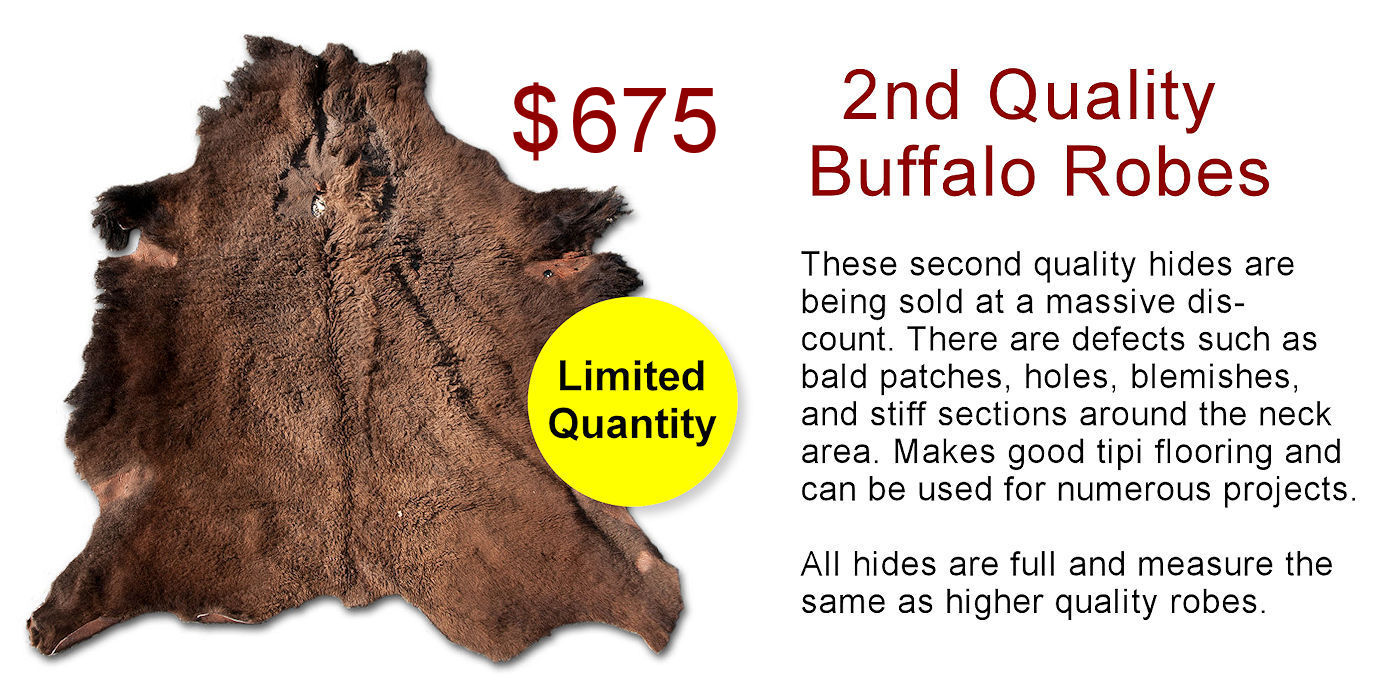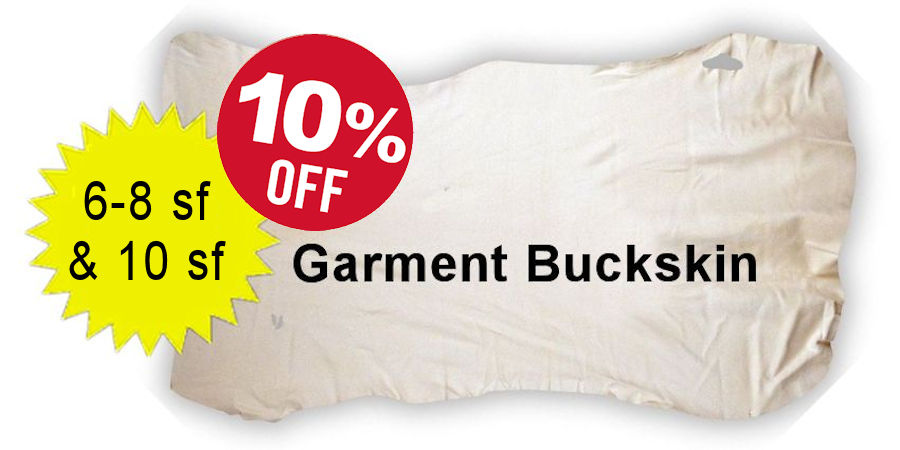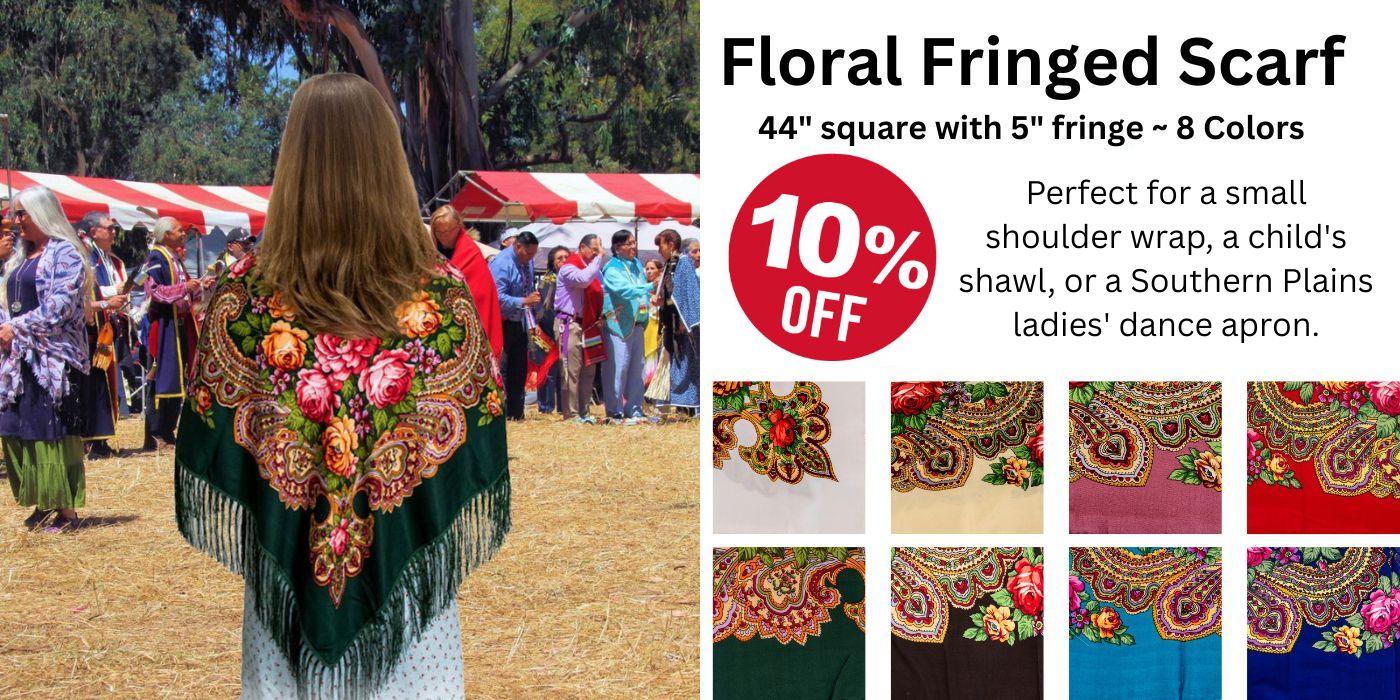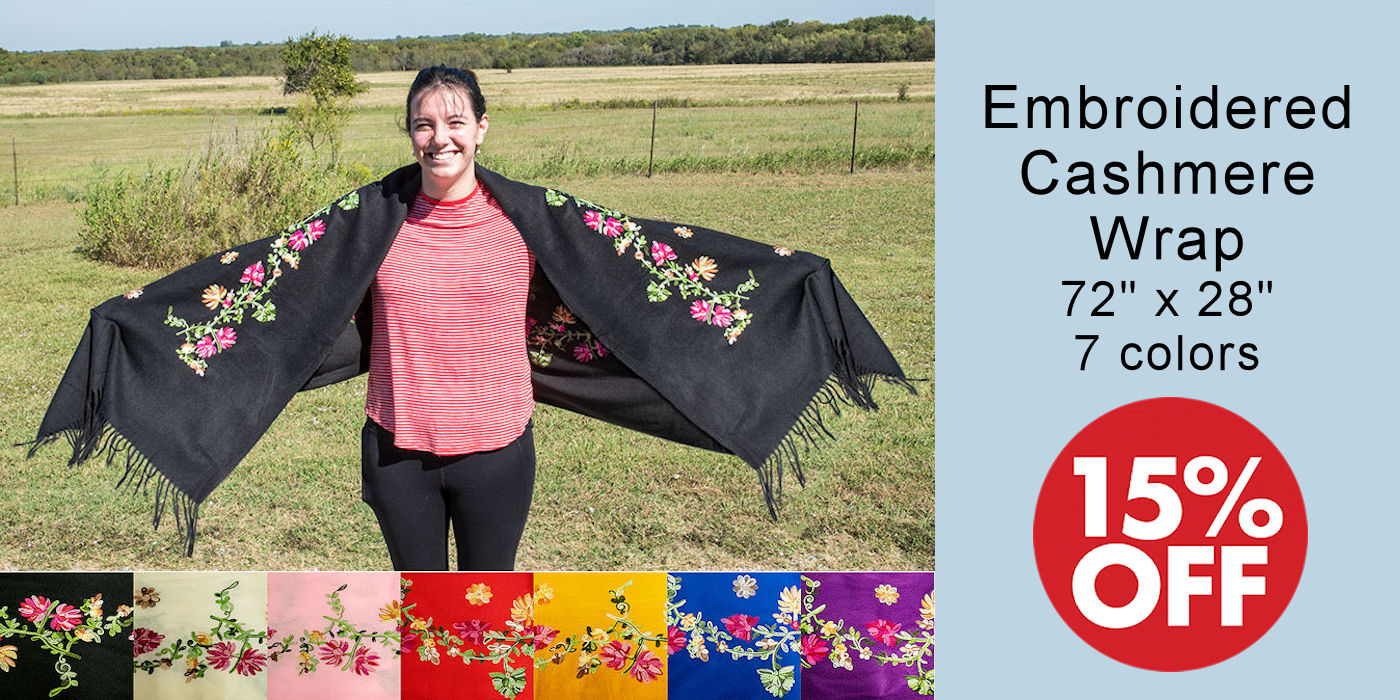

Native American Straight Dance Style Article
Credit Above Photo: Smithsonian Institute: Walter Larrimore, Public domain, via Wikimedia Commons
Native American Straight Dance Style Article
Credit Above Photo: Smithsonian Institute: Walter Larrimore, Public domain, via Wikimedia Commons
Powwows are American Indian events that feature, among other things, Native American dance and song. They are a celebration of heritage and traditions, and a way for Native Americans to connect with each other while keeping their culture alive through dance, song and storytelling. Most powwows are open to the public, offering opportunities to educate non-natives about their culture and traditions, including many different styles of Native American dance styles. While powwows occur year-round, most are held between Memorial Day and Labor Day throughout the US and Canada. They are an important part of Native American life and lots of fun for all who attend.

Credit Above Photo: Smithsonian Institute: Cynthia Frankenburg, Public domain, via Wikimedia Commons
What is Men’s Southern Straight Dance?
Men’s Straight Dance, also known as Southern Straight Dance or Southern Traditional, is a style of Native American powwow dancing. The dance recounts the story of hunting or war parties searching for the enemy. The origin of the Straight Dance is attributed to the Southern Plains tribes in Oklahoma. The Hethushka, a prominent war society of the Poncas, is commonly attributed with the creation of the dance; however, the Pawnee, Omaha, Osage, and Kiowa tribes have sometimes been credited with creating the dance.
Dance clothes worn by the dancers presents a formal, tailored, and prestigious form. Accordingly, the slow and proud movement of the dance style matches this attire. This is a “Gentlemen’s” dance, which tells the story of a hunting or war party on the trail of an animal or an enemy. The art of Straight Dancing is in the little, sometimes unnoticed things, both in the movement and the outfit. Smoothness, precision with the song, knowledge of dance etiquette, and a powerful sense of pride mark the outstanding straight dancer.
Straight Dance Regalia
The dress of Straight Dancers will vary from tribe to tribe. Among items that distinguish Straight Dancer’s attire from other styles is the use of ribbonwork “suits”, otter “drags” worn down the back, and the use of a single roach feather.
The Straight Dancer’s outfit consists of front and back knee-length wool broadcloth aprons and a back “tail” which hangs to the ground. An “otter” or “hair plate” drop (or drag) is worn down the back, extending from neck to ground, trailing behind the dancer. Cloth or buckskin leggings are worn over close-fitting bike shorts (a “breechcloth” going between the legs is not worn at powwows today). The dancer may wear a traditional ribbon shirt, a vest, bandoliers and a bone breastplate. Headgear of a porcupine-hair roach or otter turban and a neck scarf completes the basic outfit. A dance stick and eagle feather fan is carried, and a “tobacco” pouch may be carried to hold cigarettes, money, and keys.
Headgear
The most common headdress worn by the Straight Dancer is a “roach” is made of porcupine guard hair, with deer hair inside and out. Otter turbans are also worn, and more rarely, dancers will wear a roach made of turkey beard hair. The headband is usually a white scarf, although many wear no headband at all, and you will occasionally see another color scarf used. A single feather is usually used in the roach “spreader”, spinning in the wind and with the motion of the dancer’s head. The spreader, a single socket type, is usually made of stamped, decorated German silver. This spreader may also be made of elk antler, bone or leather.

Credit Above Photo: Smithsonian Institute: Cynthia Frankenburg, Public domain, via Wikimedia Commons
Ribbon Shirt, Scarves & Bandoliers
The ribbon shirt is made of satin, brocade, or floral print material, with contrasting ribbon. The neckerchief, scarves, and arm band ribbons match the ribbon in the shirt. Scarves are attached to the bandoliers at the shoulder blades. Dancers sometimes carry a pouch of white deerskin, with beaded decoration or other types of bags. The bandoliers match as to materials and colors, but may have from one to three strands or sometimes even four. They are made of bone hairpipes and beads and are worn crisscross on the body.
Finger Weaving: Garter & Tab Sets
Garters are normally finger woven yarnwork, with matching side tabs that hang from hip to mid-calf. More elaborate sets have beads woven into the fabric. Sometimes, narrow beaded strips with yarn pom-poms on the ends are worn in place of yarnwork. Osage style (multi-ribbon) or Sac and Fox style (4-ribbon) ribbon work runs down each side of the aprons, the leggings, and three bars of it cross the trailer. The aprons, leggings, trailer, and otter dragger (or drop) are all made of heavy wool, usually dark blue. Red wool is traditionally reserved for the eldest son. One, two, or three ribbons bind raw cloth edges not covered by the main ribbon work, and these edges are ornamented with white edge beading. Rainbow selvage edge broadcloth is used for the finest sets of ribbonwork. A ribbonwork vests may also be worn.
Kiowa and Comanche Tab Leggings
Kiowa and Comanche usually were “tab leggings”, usually made of white or natural leather, but sometimes made of canvas. At each knees, two tabs hang, usually backed with red or blue wool. Horsehair or twisted leather fringe hangs from the bottom of each tab, which are also decorated with lanes of lazy stitch beadwork and edge beading. Kiowa tabs are generally triangular, with the end coming to a point. Comanche tabs are generally squared off at the end. Below the tabs going down the leggings are many strands of twisted leather fringe.
Belt, “Drag” & Silverwork
The belt is usually a strip of loom beadwork, 4 to 4-1/2 inches in width, mounted on heavy strap leather (sometimes silver conchos are used in place of the beaded strip). Nickel silver or brass spots may line the edges of the leather. Attached around the neck is the “drag” (drop or trailer), which runs from the neck to the ground, and some dancers have the trailer drag slightly on the ground. This “drag” is made of an otter strip (or imitation otter), and is decorated with beaded rosettes or silver conchos. Feathers are attached to the rosettes or conchos. Some dancers use an all-concho dragger mounted on broadcloth, without the otter. To further adorn the neck, a scarf and tie slide will be worn, and matching smaller scarves (Straight dance scarf set) will be attached to the points of the shoulder blades, often onto the bandoliers. The arm bands, bracelets and scarf slide are made of German sliver, usually adorned with stamped, overlay, or cutout patterns.
Dance Bells and Moccasins
Straight dance bells may be either nickel plated or brass sleigh bells mounted on leather strip. Moccasins are usually hard-soled Southern Cheyenne style, and are at least partially beaded.
For Your Hands
A Straight Dancer will carry either a mirror board or a “tail stick” in their right hand. The tail stick originated as the badge of office of a Tail Dancer in a Hethushka Society. Today the tail stick is carried by many dancers in and out of the Hethushka dance. A tail stick is usually given to a Straight Dancer by another experienced dancer. A mirror board is a substitute for the tail stick, and may be carried by any dancer. A flat or loose feather fan also carried.
Crazy Crow Articles
Current Crow Calls Sale
November – December
SAVE 10%-25% on popular powwow, rendezvous, historic reenactor, bead & leather crafter supplies, second quality buffalo robes for special projects, bison splits & buckskin, Native American Design Fleece Blankets, Patterns, Carbon Steel Blades, Fan & Roach Feather Cases, beading kits, leather beading tools, camp utensils, huge selection of imported beadwork in Czech beads, strung fluffs, dream catcher kits, large floral fringed scarf and embroidered cashmere wraps, and much more.

